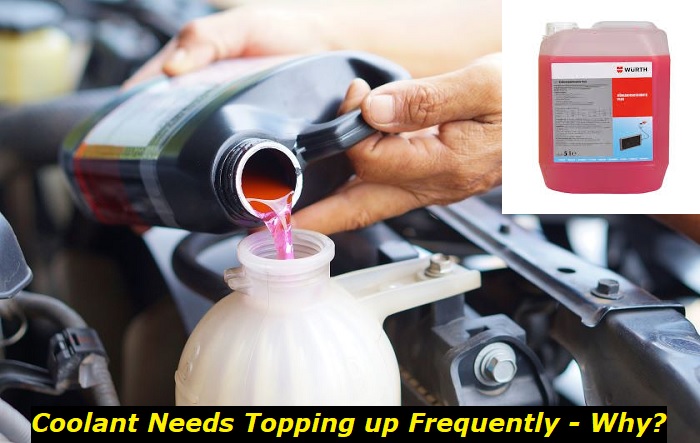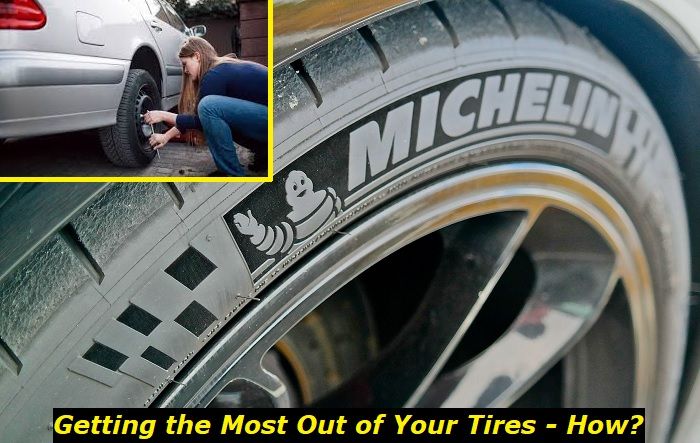The car engine produces power which moves the car. The engine has many moving parts which generate a lot of heat. To avoid these components from overheating, a cooling system is included. In the engine block and the head cylinder, there are small channels where the coolant flows through hence cooling and removing the excess heat from the engine.
Coolant leaks highlights
- Level of urgency:very high
- Commonreasons:cooling equipment failure, pipe connections, radiator damage
- DIY diagnostics:possible but complicated
- DIY repair:mostly impossible
- Price of repair:$350 - $1,500
- Time for repair:3 - 8 hours
- If ignored:overheating, equipment failure

What is car coolant and how does it work?
After several hours on the road, the engine becomes very hot to the touch. Well, it could be many times hotter were it not for the ever-important role the engine coolant plays. Without engine coolant, the engine can become extremely hot to the point of melting. The coolant reduces the engine temperature to around 200 degrees Fahrenheit or 90o C.
The engine coolant is made using water and propylene glycol. This antifreeze fluid which is usually colored has special properties that ensure the excess heat in the engine is removed and taken to the radiator. The coolant also lubricates the moving parts in the cooling system. The coolant is vital in protecting the engine from overheating and damage to the water pump, pistons, cylinder, and head gasket.
The engine coolant transverses across the engine through the cooling channels in the engine block and the head cylinder. There are small holes between combustion chambers where the action takes place and where heat is bound to be very high. The coolant is kept flowing by the water pump. The coolant will absorb the excess heat in the engine and transport it to the radiator.
In the radiator, a sensor detects when the coolant needs to be cooled down. The fan will be activated, blowing cool air from outside the vehicle onto the radiator. The cooled coolant is then circulated back to the engine to transport the excess heat at a constant pace.
The coolant reservoir or expansion tank is located under the hood. It is marked, showing the level of the coolant. The coolant will stay for several thousand miles before there is a need to add any. But there are instances when the reservoir keeps indicating you need to top up coolant. If this happens, then there is a problem with the cooling system or the engine itself.
The problem might be simple or complex if arrested early. Ignoring a problem in the cooling system might end up being catastrophic for you. You might end up with a totaled engine, yet you could have arrested the problem by just spending $20.
What might cause the coolant to drain so fast?
1) A faulty reservoir cap
The cap found on the coolant reservoir is no ordinary cap. This cap is specially designed to keep the coolant from spilling. It also regulates the pressure of the cooling system. The cap has a spring that helps regulate the cooling system pressure. When heated under pressure, water or any liquid will attain a higher boiling point. In the case of the coolant, the boiling point rises to about 120oC under 15 psi.
The coolant reservoir cap keeps the coolant in the system pressurized, enabling it to cool the engine effectively. When the pressure surpasses the recommended point, the spring in the cap adjusts, preventing damage to the cooling system hoses and pipes. The spring also adjusts accordingly when the engine is off, allowing atmospheric pressure to enter the system.
A faulty cap will not adjust the pressure accordingly and will even leak. Such a cap will release coolant too quickly because such coolant will have a lower boiling point making it expand exponentially faster than when under pressure. Rust on the spring will also cause the engine to overheat, making the coolant overflow.
The cap is made of brass, and it can crack or break down, making it unable to perform its function. The rubber seals on the cap can also get worn, leading to excessive coolant leakage. Engine overheating will also be experienced.
The solution to this problem is simple. For only $30 or less, you can buy a new aftermarket cap. You don't need a mechanic for this. Many drivers notice the leaking coolant because the coolant leaks when the vehicle is on the move. Given that a driver rarely checks under the hood after a journey, the coolant will evaporate after turning the engine off. The only evidence is the low coolant level in the reservoir.
2) A bad head gasket
An overheating engine means it is in demand of more coolant. An engine overheats mainly because of the inability of the cooling system to work as demanded. A damaged head gasket will cause the engine to overheat because the coolant cannot reach all the intended engine points.
A damaged head gasket is something every driver should fear because it can come with a humongous mechanic bill. If the gasket is the culprit, the coolant will leak, but you won't see any pool of liquid on the ground. Some of the symptoms to look out for include the following;
- White smoke from the exhaust pipe
- Water droplets from the exhaust pipe
- The oil will turn milky
- Engine misfire
- Engine losses power because of loss of compression in cylinders
- Bubbling in the coolant reservoir and the radiator
- Engine overheating
3) Radiator blockage
The radiator is made of a grid, making it easy for cool air to blow and cool the coolant flowing inside. Some blockage can happen in the radiator, and since coolant must flow, the coolant will find a route. Remember, the system has a water pump, so a blockage in the radiator will not stop the coolant from flowing. This will cause the radiator to crack or burst small holes where coolant will leak through.
The radiator leaking problem can be hard to notice because the steam generated from coolant flowing on it might not be much. The other reason is that a driver might not pop up the hood after a journey to check the engine.
A professional mechanic will best diagnose this problem. The radiator can be repaired, but if the damage is extensive, the solution will be to replace it.
4) A leakage
Of course, the most likely cause for disappearing coolant is a leakage. The cooling system hoses and pipes can break or burst, causing coolant leakage. Unless the coolant is leaking on a hot surface, in which case you should see steam coming from the engine area, you should see a pool or a wet patch on the ground after parking the car for some hours.
A leak can also come from a cracked radiator pipe or a faulty water pump. A complete cooling system diagnosis will help you locate the source of the leak and address it before it becomes any bigger.
The solution to a coolant leak is to have a mechanic check the entire cooling system and locate the leakage. A replacement of the hose with the right type is advisable. This is because the cooling system handles hot pressurized coolant.
5) An engine problem
Though rare, the coolant might leak inside the engine, which might have nothing to do with the gasket, the coolant hoses, or the radiator. Some of the rare causes of coolant leakage are;
- A fractured cylinder head
- A damaged manifold
- Damaged cylinder bores
When any of these components are at fault, pinpointing the issue might be very difficult. You might replace the head gasket severally, yet the issue is a cracked cylinder head. This is why, whenever an overheating issue occurs, you should take the cylinder head for a pressure test to confirm it is not at fault.
These symptoms will mainly include white smoke and engine oil turning milky. The solution to this will require the services of a professional mechanic. Check your user manual to see whether these faults are covered under the vehicle and parts warranty.
Conclusion
Many drivers often don't take the coolant disappearing issue seriously. In fact, some drivers will not think twice when they realize the coolant level is low. They will just unfasten the reservoir cap and top it up. Some will add water in the windshield water container and add some in the coolant reservoir. But one should realize that the cooling system is sealed, and the coolant shouldn't be added willy-nilly. The vehicle user manual has information on when and how coolant should be replenished or added.
When you discover engine coolant is vanishing, the best thing to do is to investigate all of the abovementioned components and establish where the problem lies. Seeking the services of a professional can help you solve the problem and avoid incurring a huge bill later.
About the authors
The CarAraC research team is composed of seasoned auto mechanics and automotive industry professionals, including individuals with advanced degrees and certifications in their field. Our team members boast prestigious credentials, reflecting their extensive knowledge and skills. These qualifications include: IMI: Institute of the Motor Industry, ASE-Certified Master Automobile Technicians; Coventry University, Graduate of MA in Automotive Journalism; Politecnico di Torino, Italy, MS Automotive Engineering; Ss. Cyril and Methodius University in Skopje, Mechanical University in Skopje; TOC Automotive College; DHA Suffa University, Department of Mechanical Engineering






Add comment